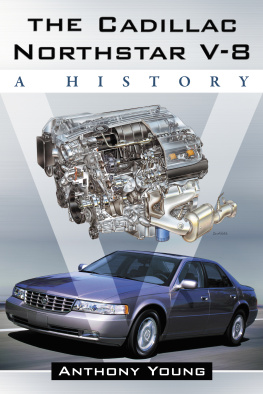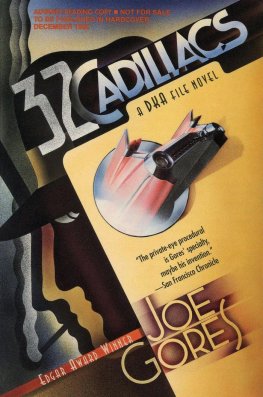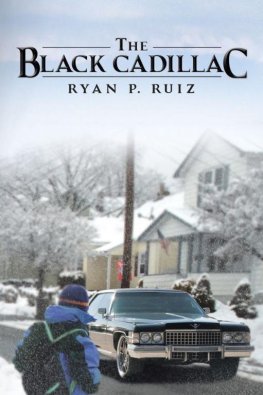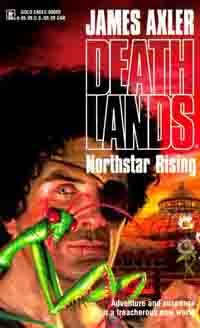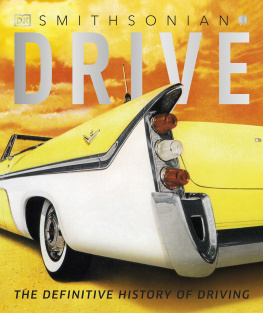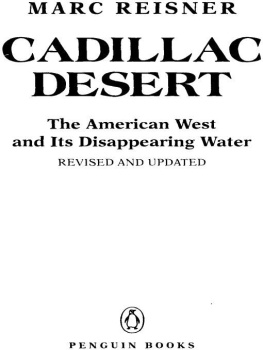
Also by ANTHONY YOUNG
New York Caf Society: The Elite Meet to See and Be Seen, 1920s1940s (McFarland, 2015)
The Cadillac
Northstar V-8
A History
ANTHONY YOUNG

McFarland & Company, Inc., Publishers
Jefferson, North Carolina
Chapter 1 is adapted from the authors book The Heart of the Beast, published by Automobile Quarterly in 2005.
LIBRARY OF CONGRESS CATALOGUING DATA ARE AVAILABLE
BRITISH LIBRARY CATALOGUING DATA ARE AVAILABLE
e-ISBN: 978-1-4766-2463-1
2017 Anthony Young. All rights reserved
No part of this book may be reproduced or transmitted in any form or by any means, electronic or mechanical, including photocopying or recording, or by any information storage and retrieval system, without permission in writing from the publisher.
Front cover: Rendering of a Northstar V-8 engine; 1999 Cadillac Seville STS (GM Media)

McFarland & Company, Inc., Publishers
Box 611, Jefferson, North Carolina 28640
www.mcfarlandpub.com
Preface
The Cadillac 32-valve dual overhead cam (DOHC) Northstar V-8 ranks as one of the most significant V-8 automotive engines of the 20th century. For a unique period of time, it was the only engine powering the entire Cadillac line of cars except the Fleetwood. It also helped to set the technological direction for General Motors in the design of its V-6 engines.
I chose to write a history of the Northstar V-8, the Cadillacs and other GM vehicles it powered because of my familiarity with the Chevrolet LT5 32-valve DOHC V-8 that powered the ZR-1 Corvette. The only thing the two engines had in common was the choice of the valvetrain configuration. I felt the Northstar V-8 was every bit as groundbreaking in terms of sophisticated automotive engine design as the LT5.
When I started the Cadillac Northstar book, I decided to take a different approach to gathering research than I have used with past automotive titles. While interviews with Cadillac engineers would have been beneficial, it was not mandatory, and over the years corporations have grown less open and accessible to researchers and historians. Fortunately, I found practically all the information I needed in published Society of Automotive Engineers (SAE) papers, books, relevant articles, road tests, blog postings and other sources. All images in this book are from GM Media for use in any publication and are cited as such.
Introduction
Cadillac Before Northstar
Among the earliest car companies founded in America was Cadillac in 1902 in Detroit, Michigan. Henry Martyn Leland merged his automotive parts manufacturing business, Leland and Faulconer, with the moribund Detroit Automobile Company. Leland was assisted by his son Wilfred and a team of highly qualified and dedicated men. Lemuel Bowen became president, with Leland Sr., on the board of directors. The new company was named for the French explorer of the land that would one day become Detroit; his name was Antoine de la Mothe Cadillac. Even with its unremarkable body design and single-cylinder engine, the company distinguished itself as a manufacturer with the emphasis on precision and quality. Only three examples of the first Cadillac were built in 1902; these were essentially development cars, and one of these was displayed at the New York Automobile Show in January 1903. Full production was initiated in that year.
Advertising hyperbole was present from the earliest days of the automobile, and Cadillac was no exception. In one of its first advertisements, the new company boasted: Has 5 h.p. motor, in which is incorporated the best thought, the best effort and the finest construction of the master builders of gasoline motors in this country. Wise agents who are in the habit of picking winners will pick the CADILLAC as the Winner of 1903. Good looking, better acting, and by long odds the best proposition yet offered. The new Cadillac had a list price of $750.
Leland was very much a hands-on engineering manager and was directly involved in the design approval or disapproval of all components to go into the Cadillac, at least initially. Design reviews were held in Lelands office, where he worked to imbue his designers and engineers with his philosophy of precision and commonality of parts. We must sweat blood for a superior product, he would admonish. We must make every piston so exact, and every cylinder so exact, that every piston will fit perfectly into every cylinder. This wrist pin must be made accurate to the half-thousandth of an inch. Its bearings must be made with the same precision. Then there will be a perfect fit, and practically no wear-out to it. Otherwise the slightest play means early wear and destruction.
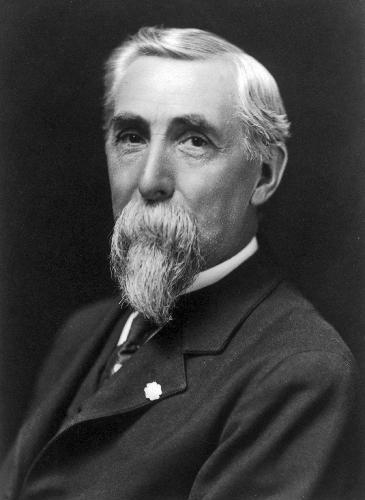
Henry M. Leland founded the Cadillac Motor Car Company in 1902. The first and only model had a single-cylinder engine. Full production commenced in 1903. Leland was committed to an automobile built with precision and quality (GM Media).
It was this attention to precision and quality from the earliest days at Cadillac that established the car companys reputation in the nascent American automotive industry. A four-cylinder model with 30 horsepower was introduced in 1905. The single-cylinder and four-cylinder models continued for more than a decade. Proving the effects of Henry Lelands insistence on precision, Cadillac won the 1908 Dewar Trophy, presented annually for outstanding industry achievements, when three Cadillac Model K production cars were driven, then fully disassembled, their parts mixed into a single heap (and some exchanged with replacements from dealer stock), then reassembled and driven 500 miles, demonstrating true interchangeability of parts.
In 1909, the Lelands and Cadillac board of directors agreed to the purchase of Cadillac by General Motors Corporation. William Crapo Billy Durant had founded GM in 1908 after first purchasing and reorganizing Buick and then Oldsmobile. Durant wanted Cadillac for its sound management and reputation for fine engineering. After successful negotiations for the purchase of Cadillac, the Lelands met with Durant in Detroit. The Lelands insisted on a hands-off policy at Cadillac and the freedom to continue to run the company as they had from the beginning. Durant assured the Lelands that is exactly what he wanted. However, there were troubling days ahead for Durant and for General Motors.
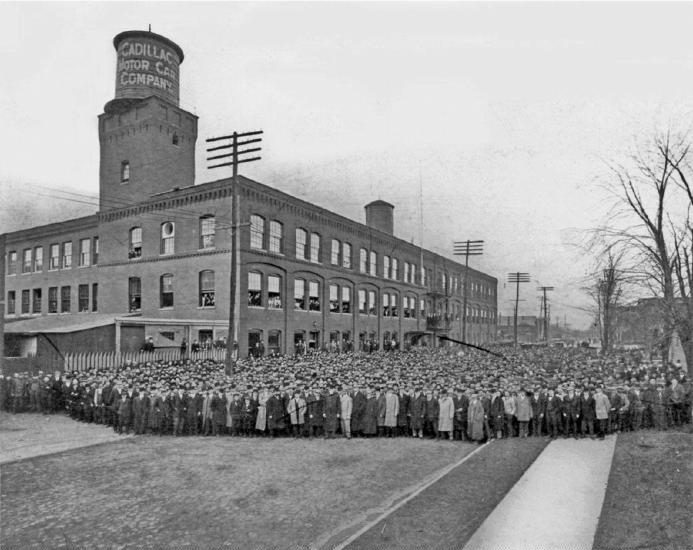
Cadillacs first factory was built on Amsterdam Avenue in Detroit, Michigan (GM Media).
By 1910, General Motors was carrying a severe debt load as a result of Durants purchase of numerous other companies apart from the brands Buick and Cadillac. In September 1910, a committee of bankers led by James J. Storrow of Lee Higginson and Company in Boston and Albert Strauss of J. and W. Seligman and Company in New York came to Durant at General Motors with the express purpose of either liquidating the two-year-old company or pursuing a refinancing option that put the bankers holding the debt in a more secure position. The senior Leland was overseas on business, and Wilfred himself met with the bankers and pled his case for Cadillac, and by extension, General Motors. Leland first laid out the reasons for Cadillacs market success as a result of its uncompromising engineering and sound corporate management. By the end of the day, he had convinced the bankers not to liquidate Cadillac, because there were numerous companies within GM that had less than profitable units that would be sold.
Next page
